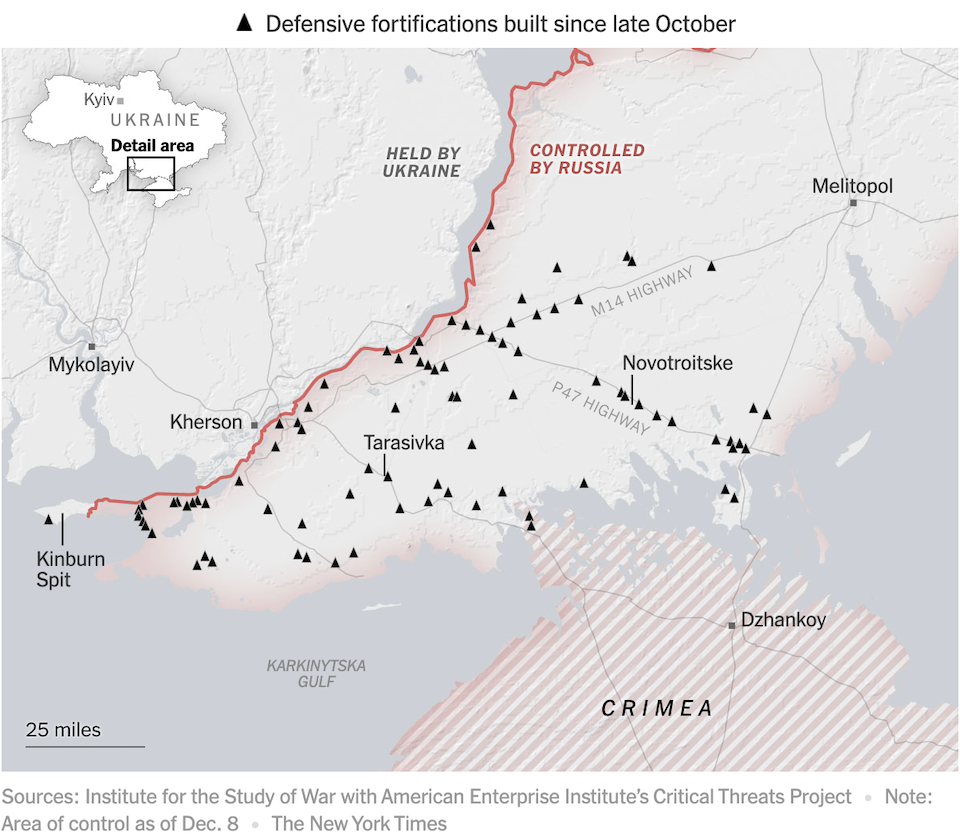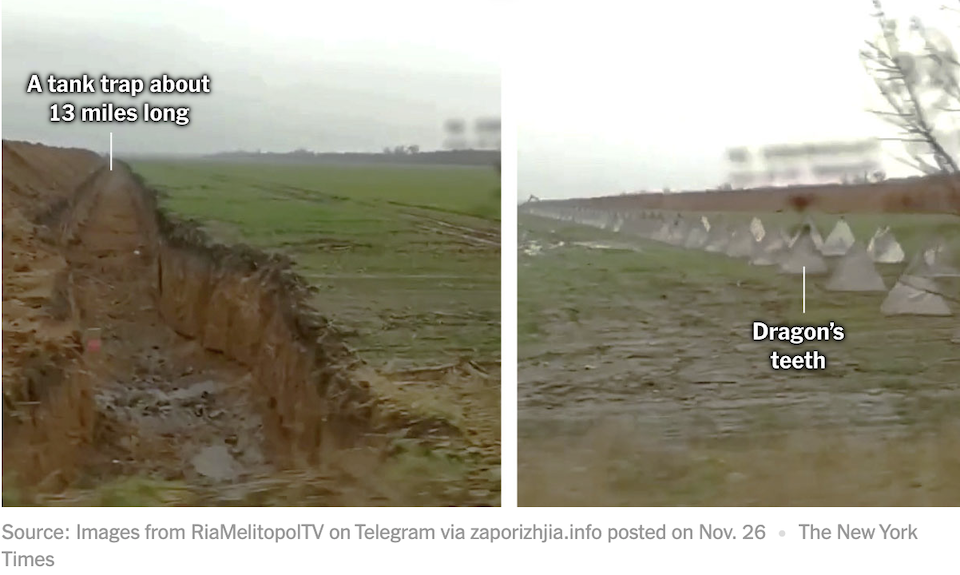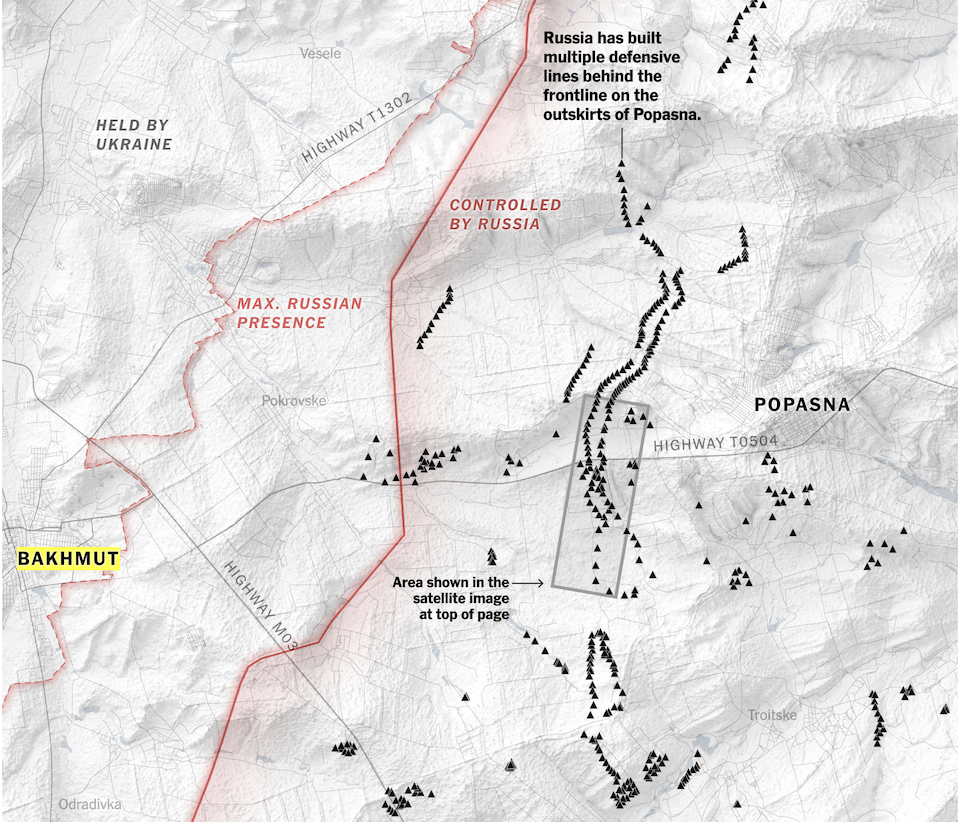
Kremlin representative Dmitry Peskov a few days ago he was categorical in his statements: the Ukrainian side should, according to Peskov, accept “new realities“, which were formed on Ukrainian soil after ten months of the war. The “realities” referred to by the Russian official are the annexation of four regions of Ukraine to the Russian Federation.
Recall that after illegal from the point of view of the international community referendums held in the regions of the south and east of Ukraine occupied by Russian troops in September last year, Moscow officially announced (on September 30) the annexation of Donetskfrom Luganskher Peninsula And her Zaporozhye: of the four regions of Ukraine, which should now, according to the Kremlin, be considered “territory of Russia.” An interesting fact: the fact that the Russian side unilaterally began the official annexation of territories whose western borders were not clearly defined at the time of the loud statements.
However, since then, Kherson has been “lost” for the Russians, as it came under the control of Kyiv (officially since November 11).
Despite the numerous and pompous threats that preceded this from the Russian leadership (“the annexed territories are under nuclear protection,” Peskov said last October), Russian troops did not respond to the loss of “Russian” territory with a crushing blow. attack on Ukrainian troops. On the contrary, they stepped up their strikes against Ukrainian political installations/infrastructure, plunging entire regions of Ukraine into darkness and cold, thus violating some of the basic principles of international humanitarian law: principles such as distinction between combatants and civilians and proportionality.
Now, in order not to lose other Ukrainian regions “attached” to the Russian Federation, Russian forces are being strengthened.

Russia is currently “setting up” a vast network of trenches, barriers and traps inside the Ukrainian border in order to stop any Ukrainian counterattacks, according to the New York Times, citing satellite imagery from Maxar Technologies and Planet Labs.

“Trench warfare” is certainly nothing new in Ukraine, but the speed with which Russian troops have been “building” fortifications inside Ukrainian territories in the past two months is unprecedented, the editors of the NY Times note. .
It is now shown that the Russian army is trying to create stronger and more secure positions against the Ukrainians, while at the same time using natural obstacles such as rivers.
In November, Ukraine recaptured large swathes of southern Ukraine, including Kherson, pushing Russian forces (south and east) away from the Dnieper River. In September, there were previous successes of Ukrainians in the Kharkiv region. In October, an explosion will follow on the Crimean bridge, and already in August last year there were strikes on the Russian air base Saki in Crimea.
The Dnieper River now acts as a natural barrier between the warring parties, and Russian troops are building successive rows of defensive barriers on “their” side of the river in an attempt to block Ukraine’s potential south and east advance. from The New York Times. An interesting point: the fact that the Russians seem to completely fence off the fortifications of the Kinburn Peninsula from the Russian “possessions” from the east.
The Russians do not under any circumstances want to “lose” the main road arteries connecting southern Kherson with the (“Russian” as of 2014) Crimea, as this will cause serious problems with the supply of Russian troops outside the Crimea.
It is also recalled that the loss of Kherson when it was taken out of Russian control in November last year, the Russian military leadership attributed to supply problems that made it impossible for Russian troops to remain west of the Dnieper.
The “barriers” that the Russians are now erecting and digging are, of course, of various forms: they consist of rows of large concrete pyramids placed one next to the other, and of deep and wide trenches stretching for kilometers. The pyramids are called “dragon’s teeth”, and the ditches are called “tank traps”.

It is worth noting that such barriers have been erected up to 80 kilometers east of the Dnieper River in southern Ukraine. In fact, according to analysts at the American Institute for the Study of War, whose reports and data have so far served as a benchmark for military developments on the Ukrainian front, Russian troops began erecting such fortifications in the south and east of the Dnieper from October, that is, before they officially “lost” the city of Kherson.

Farther north, however, against the backdrop of the town of Bakhmut in the Donetsk region, where violent clashes have raged for weeks, Russian forces appear to be gaining strength. However, even where they are making progress, between Bahamut and Russian-controlled Popashna further east, the Russians have already built a number of fortifications…

The Ukrainian side is now demanding the withdrawal of Russian troops from the country as a peace condition. However, the Russians are fortifying themselves on Ukrainian territory, trying to consolidate control over territories they have unilaterally annexed.
Moscow in no way wants Russian troops to lose territory again to the “winners”, as happened in Kharkov and Kherson. Kyiv, on the other hand, wants the Russians to leave… And the war continues with the horizon, now not in winter, which has already begun, but next spring…
Source: Kathimerini
Anna White is a journalist at 247 News Reel, where she writes on world news and current events. She is known for her insightful analysis and compelling storytelling. Anna’s articles have been widely read and shared, earning her a reputation as a talented and respected journalist. She delivers in-depth and accurate understanding of the world’s most pressing issues.